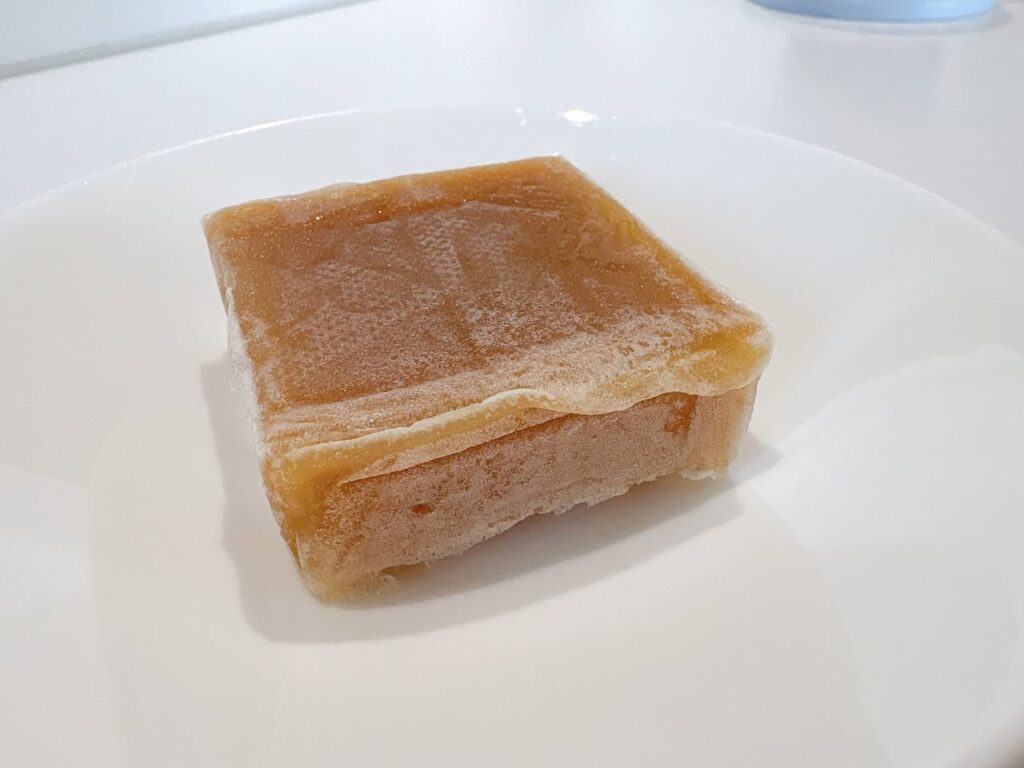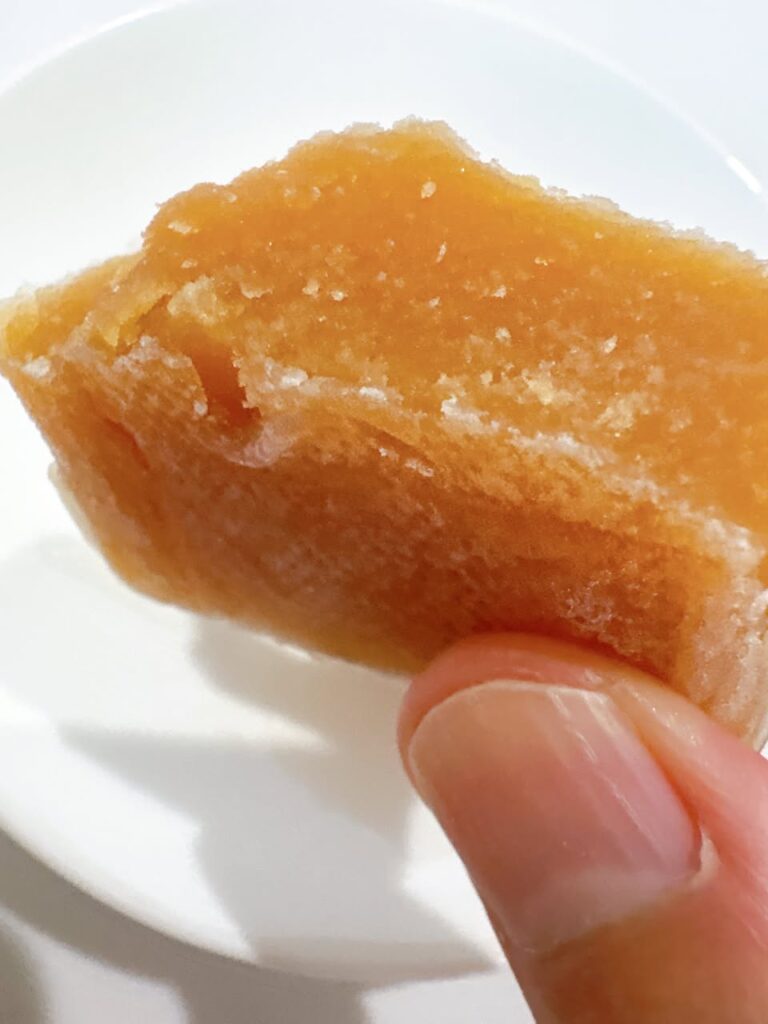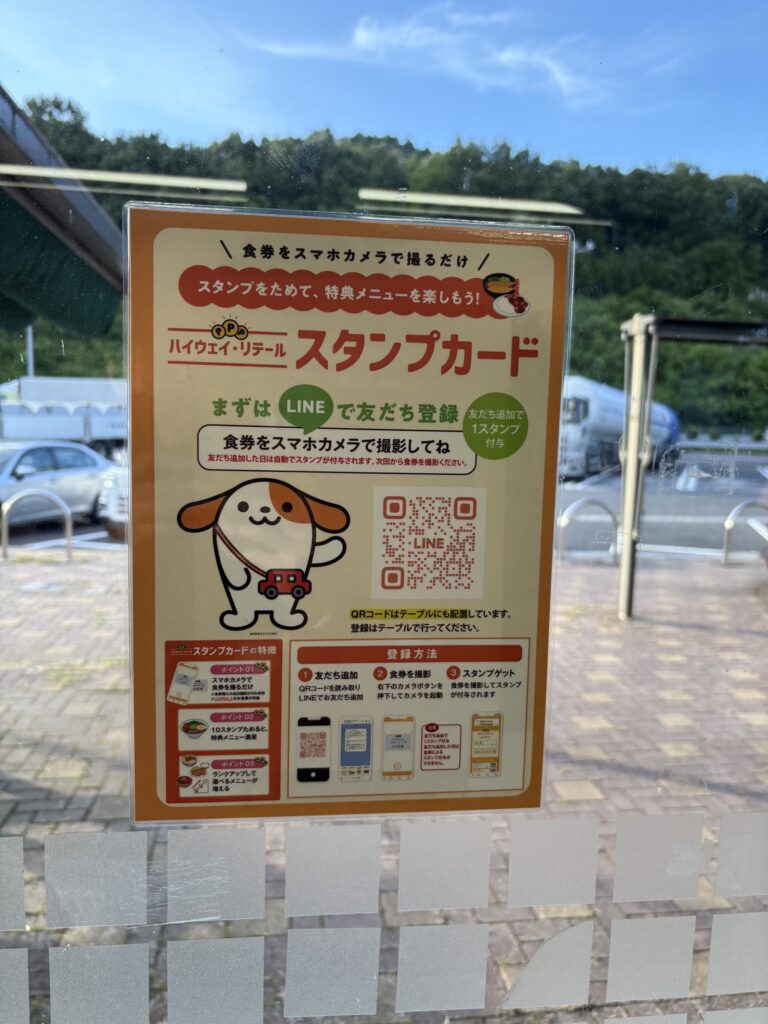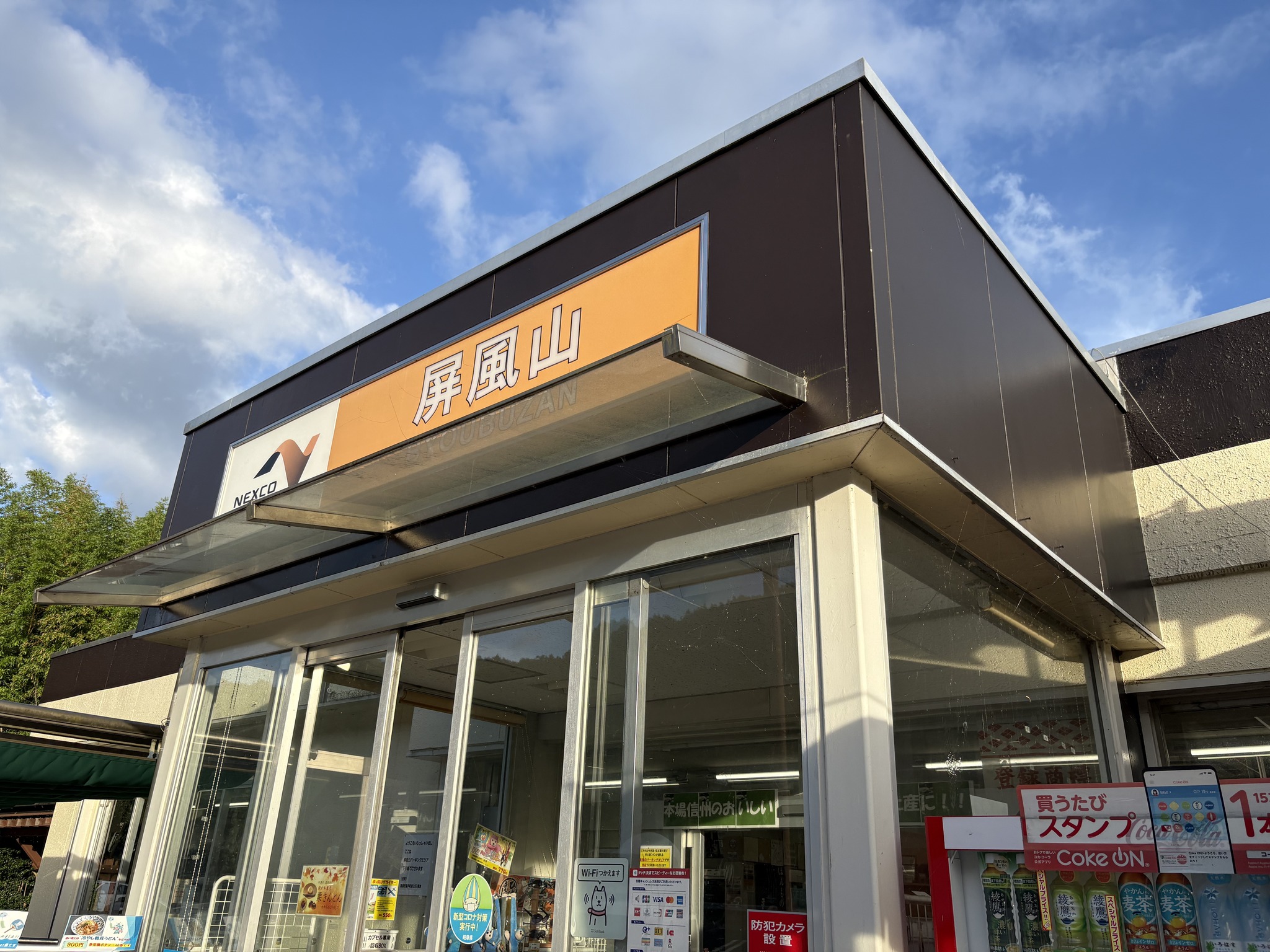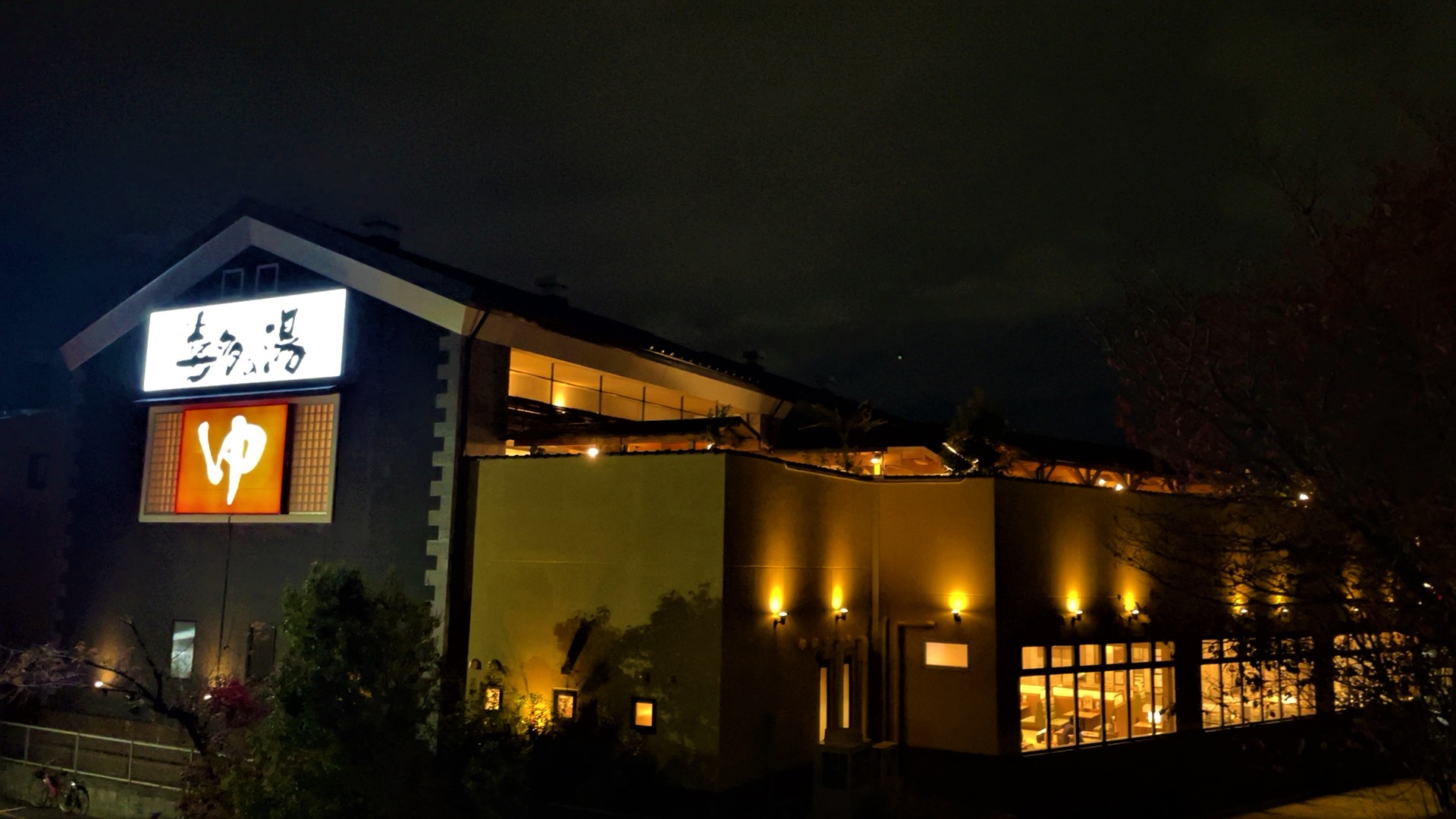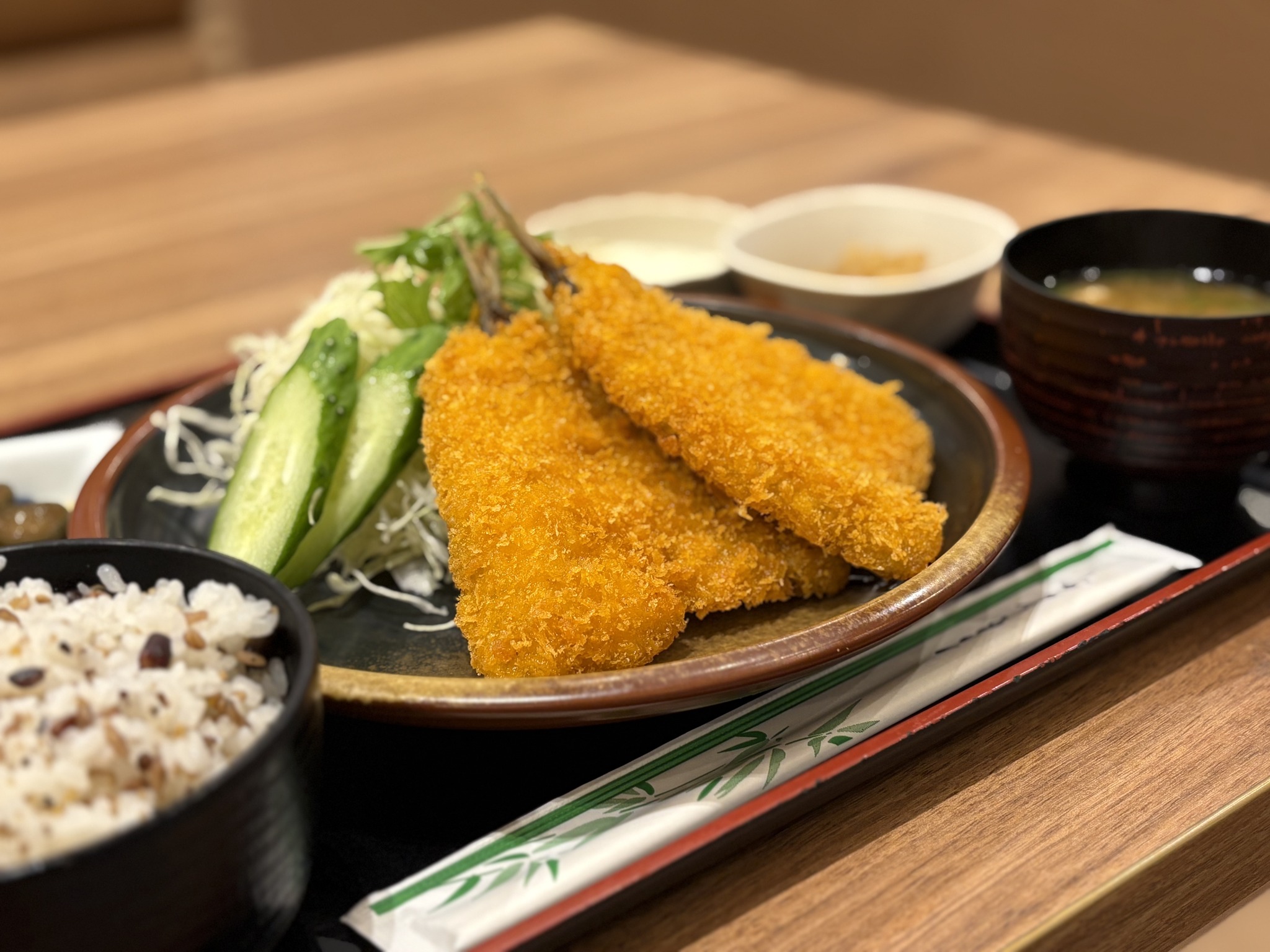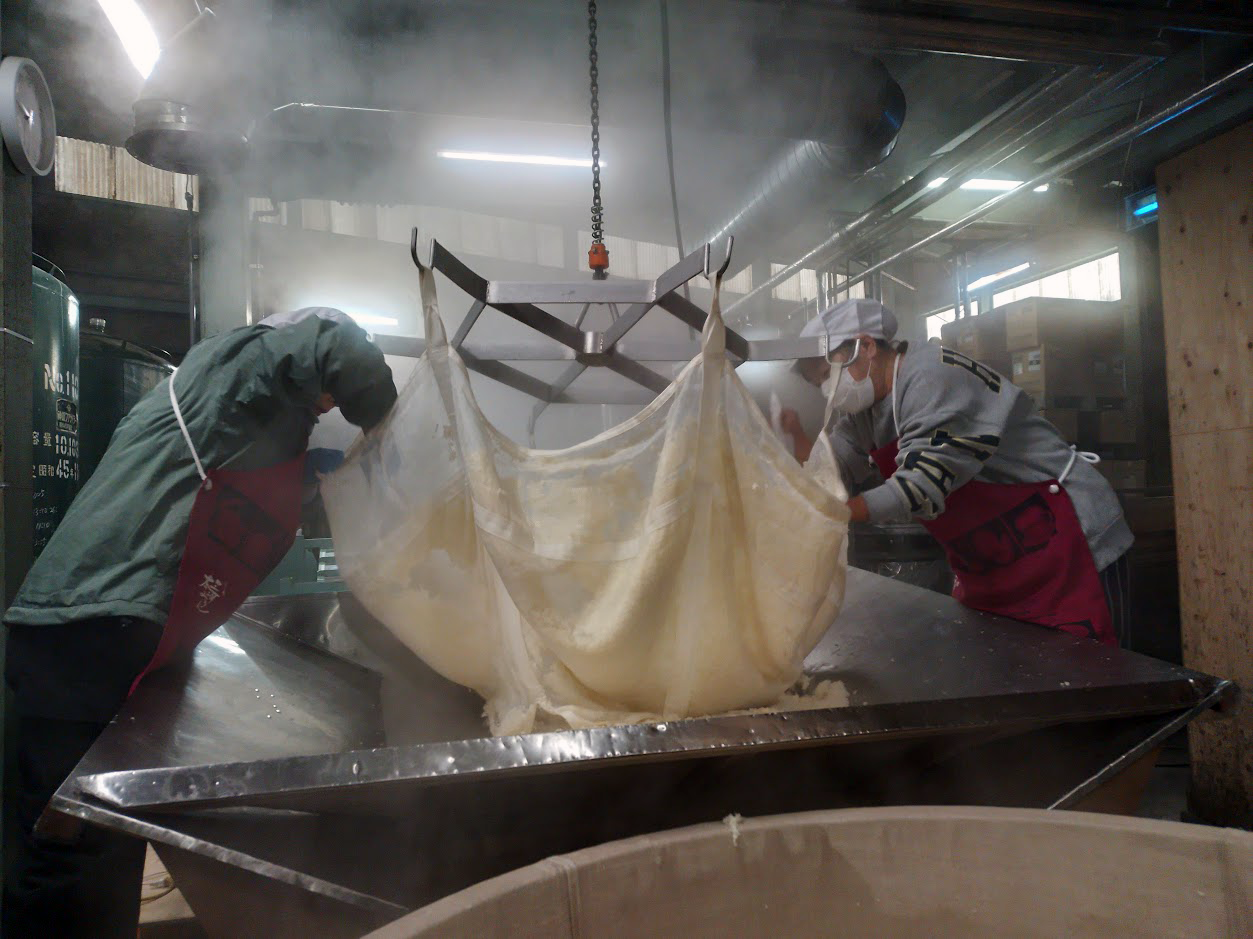A One-of-a-Kind Hon-Mirin Born of Tradition and Innovation — “Aizakura” by Sugiura Mirin
Since 1924, Sugiura Mirin, based in Hekinan City, Aichi Prefecture, has been dedicated to crafting hon-mirin, or authentic mirin, using time-honored techniques passed down through generations.

The Power Behind the Sweetness – Discovering the World of Mirin, Japan’s Traditional Sweet Rice Seasoning
Hekinan: A Coastal Town Steeped in Flavor and Fermentation
Their flagship product, Aizakura, is a genuine mirin made from steamed Japanese rice and carefully cultivated rice koji. It undergoes a traditional fermentation process followed by slow aging for over six months. Aizakura comes in both one-year and three-year aged varieties, each offering a deep umami flavor and rich aroma.
While a perfect match for classic Japanese dishes, Aizakura’s versatility extends far beyond. It enhances sauces, noodle soups, and marinades, and even pairs beautifully with French or Italian cuisine, desserts, and more — elevating the flavor of any dish it touches.
SADAJIRO Premium — A 23-Year-Aged Liquid Masterpiece
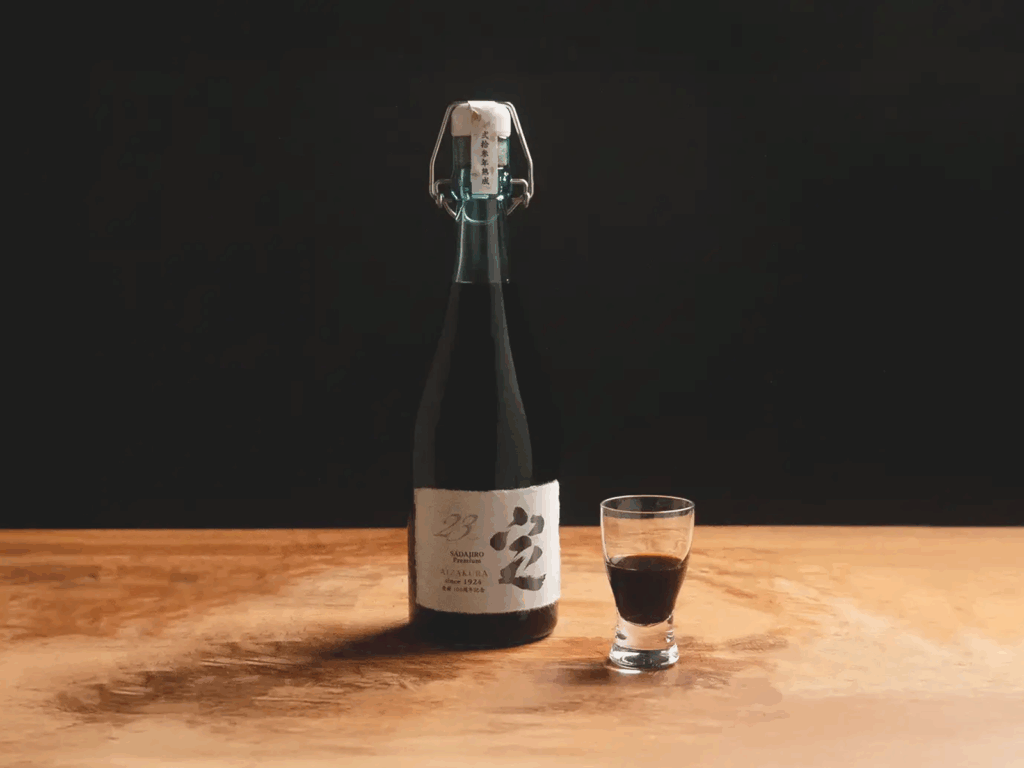
Crafted with the same care and technique as Aizakura, SADAJIRO Premium is a luxurious sweet sake that has been aged for 23 years. The result is a lusciously dense and mellow flavor profile, balanced with subtle tannins and a touch of acidity.
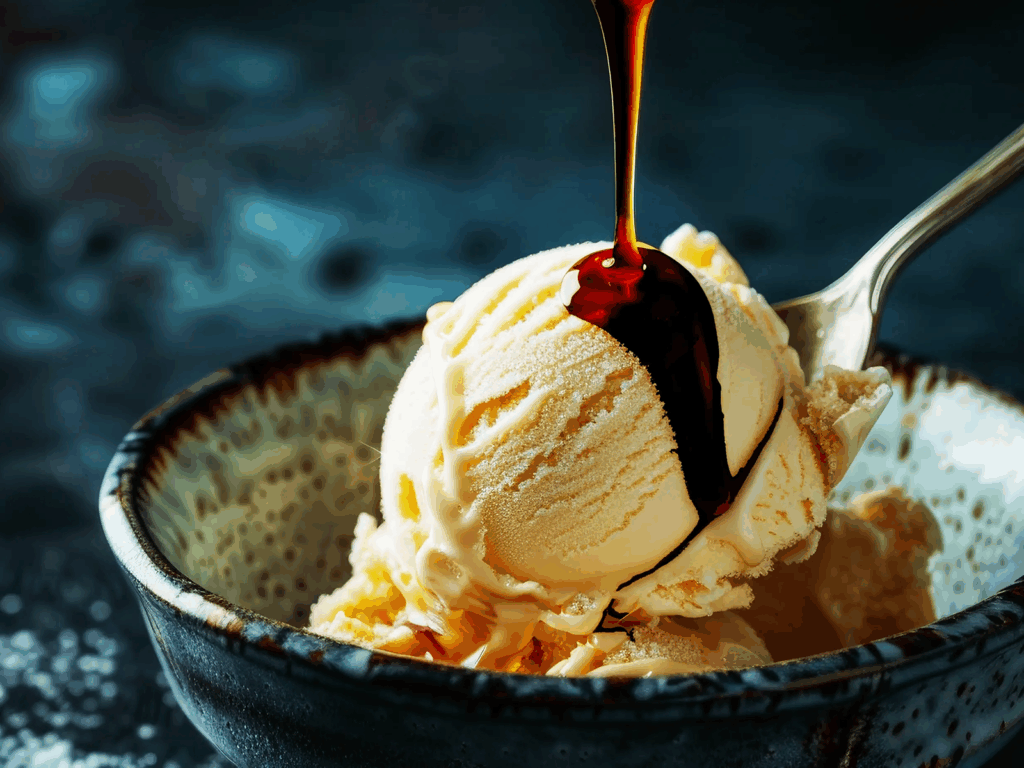
On the palate, it envelops the tongue with a velvety texture and reveals a complex, lingering aroma. SADAJIRO Premium is ideal as a refined aperitif, a dessert pairing, or a premium gift for those who appreciate exceptional Japanese craftsmanship.
The Sugiura Legacy — Tradition Preserved, Taste Rediscovered
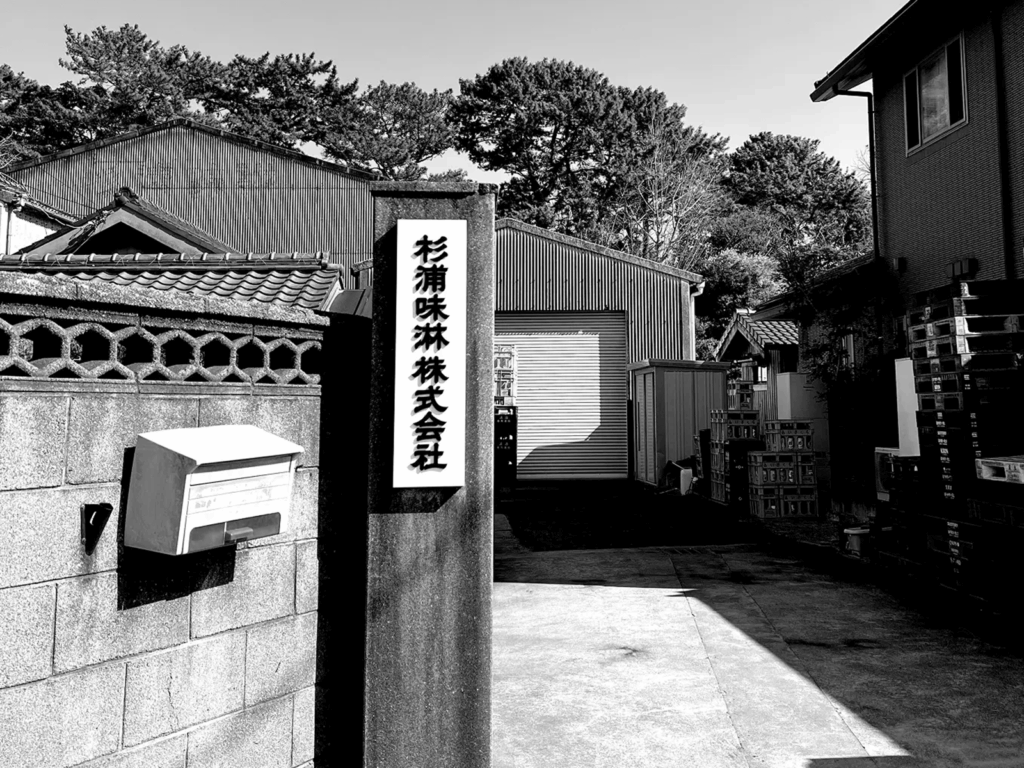
Sugiura Mirin is a historic mirin brewery founded in 1924. As artificial “mirin-style” condiments became popular, the company faced difficult times. However, under the leadership of current president Yoshinobu Sugiura — the fourth-generation successor — the original recipe of founder Sadajiro Sugiura was revived.
Thanks to this revival, the authentic taste of hon-mirin has found its way back into the kitchens of top chefs and discerning consumers. Today, Sugiura Mirin continues to expand internationally, sharing Japan’s traditional flavors with the world.
The brewery has also gained national recognition through appearances on major Japanese television programs, further highlighting the value of real mirin.
Visit the Brewery — Experience the Heart of Mirin Making

Sugiura Mirin welcomes visitors by reservation to tour the brewery and explore the traditional methods behind their products. Guests can also purchase mirin and aged sake directly on-site.
While the tours are conducted in Japanese, international visitors can still enjoy the atmosphere of an authentic Japanese brewing facility — from the aroma of the fermenting rice to the precision of hand-crafted processes. It’s a cultural experience that speaks beyond language.
Dishes You Can Create with Aizakura — A Touch of Fermented Elegance
Fermented BBQ Pork
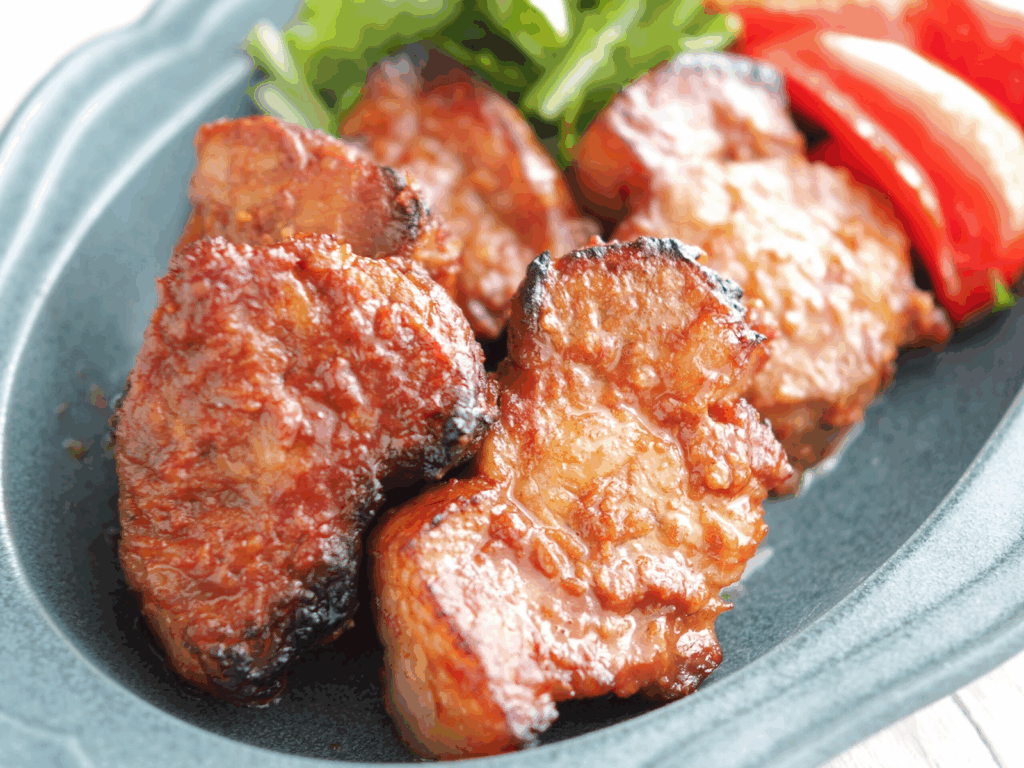
A sugar-free BBQ delight, naturally sweetened with Aizakura mirin and sweet rice koji. This special fermented BBQ sauce—made with ketchup, soy sauce, and the depth of aged mirin—slowly infuses into tender pork.
Baked low and slow in the oven, the result is a golden, caramelized exterior with a moist and juicy interior. Thanks to the power of fermentation, the meat becomes exceptionally tender, with an umami-rich flavor that will have you reaching for another bite. Perfect with both rice and sake.
Japanese-Style Bolognese with Miso and Mirin

A nourishing, Japanese take on the classic Italian bolognese. This fusion dish combines savory miso and authentic mirin to deliver a surprisingly light yet deeply flavorful sauce.
Easy to prepare and rich in taste, it’s a healthy weeknight option that brings together the best of both worlds—comforting pasta with the soul of Japanese cuisine.
Restaurants Where You Can Enjoy Dishes Made with Aizakura
Nouka Restaurant Hana no Ya
A 10-minute drive from Sugiura Mirin.
This cozy countryside restaurant offers set meals featuring vegetables from its own farm and handmade sausages. A perfect spot to experience wholesome, seasonal Japanese flavors enhanced with Aizakura mirin.
Kobanten Hanare Ittou
Just a 5-minute drive from Sugiura Mirin.
A refined Japanese restaurant known for its creative cuisine centered around heirloom and locally grown vegetables. Traditional yet inventive dishes are beautifully complemented by the deep flavor of Aizakura.
